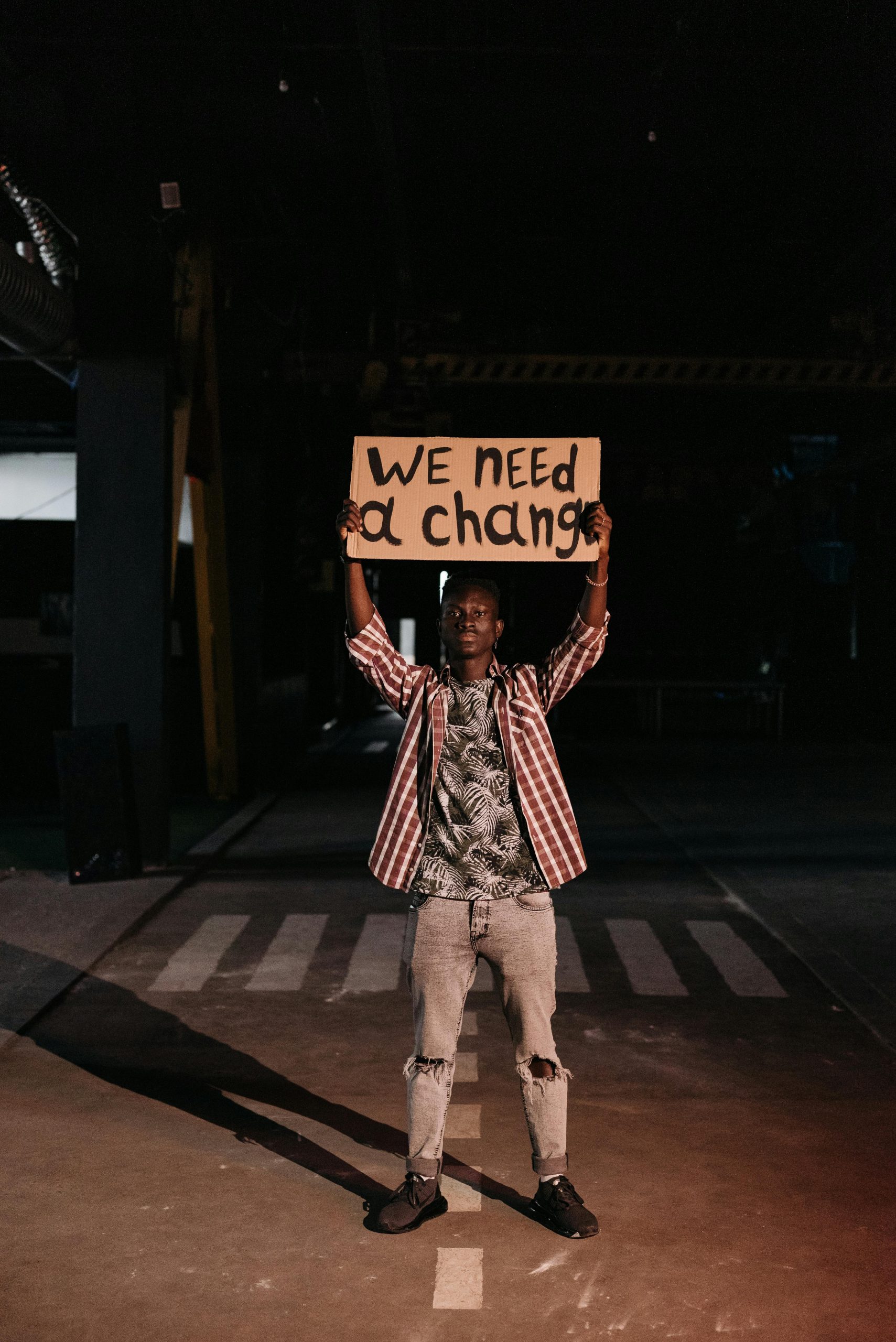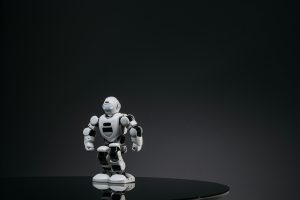Exploring My Journey in Developing the Discontinuity Thesis Theory
Understanding the Disruption: Introducing the Discontinuity Thesis
Exploring the Future of AI and Economic Transformations
As advancements in artificial intelligence continue to accelerate, many are pondering how these developments will reshape our society and economy. Today, I want to share a conceptual framework I’ve developed—known as the “Discontinuity Thesis”—and seek your insights on its viability and implications.
What Is the Discontinuity Thesis?
At its core, the thesis posits that AI represents a fundamentally different kind of industrial revolution. Unlike past technological shifts that primarily automated physical labor, AI automates cognition itself. This creates a distinct economic and social dynamic that could lead to significant upheaval.
The Underlying Logic
-
Competitive Edge and Job Displacement: When AI is combined with human effort, the result can surpass the productivity of humans alone. This could lead to widespread job displacement, potentially reaching a tipping point sooner than expected.
-
Economic Stability and Post-War Capitalism: Modern economies depend heavily on consumer purchasing power, which is rooted in employment. If this system isn’t revitalized swiftly during such disruptions, economic collapse could ensue.
-
A Prisoner’s Dilemma in Global Competition: Countries and corporations might find themselves locked in a strategic stalemate—each racing to implement AI advancements, knowing that stopping or slowing down could lead to losing competitive advantage. This mutual trust dilemma fuels relentless progress.
A Computational Perspective
Drawing parallels with complexity theory, the thesis suggests that AI transforms inherently complex problems (comparable to NP problems) into trivial ones. Solving these problems becomes effortless for machines, leaving verification—much simpler and potentially managed by a small elite or automated process—as the remaining human task.
Essentially: AI can handle problem-solving at an unprecedented scale, leaving humans as trusted certifiers or legal shields, rather than primary problem solvers.
Request for Feedback
Have I overlooked critical factors? Is there a logical flaw or a recent development that could challenge this framework? I’ve discussed these ideas with colleagues and expert systems, and many agree the core concepts hold weight, but your insights would be invaluable.
For those interested in a deeper dive, I’ve elaborated further on my website: https://discontinuitythesis.com/
Your thoughts and critique are warmly welcomed as we navigate this rapidly changing landscape.














Post Comment